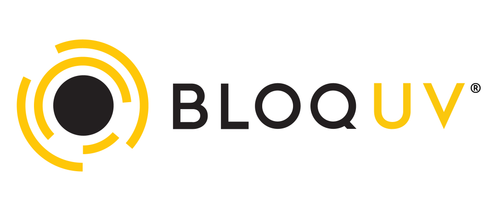UV Index
The UV Index (ultra violet index) is an international standard measurement of the strength of the sun's harmful rays at a particular place and time. The scale was created by Canadian scientists in 1992, then later standardized by the United Nation's United Health Organization in 1994.
The UV Index is used primarily to inform the general public on how they should appropriately protect themselves from the sun's UV rays. Long exposure to the sun's rays, without adequate protection, can lead to sunburn, premature skin aging, melanoma, skin cancer and more. The UV Index scale indicates the use of sun protective clothing and/or accessories to minimize harmful exposure to the sun.
FIND OUT YOUR UV INDEX TODAY, BY CLICKING HERE.
A UV Index reading 0-2 means low danger from the sun's rays for the average person. (LOW)
- Wear sunglasses on bright days.
- If you burn easily, make sure to cover up and wear sunscreen that's SPF 30+.
- Exposure to bright surfaces such as sand, water and snow will increase the UV exposure.
A UV Index reading 3.0-5 means moderate risk of harm from unprotected sun exposure. (MODERATE)
- Stay in the shade midday, when the sun is the strongest.
- Make sure to wear UV-blocking sunglasses, a wide-brimmed hat and SPF 30+ applied every two hours.
- Make sure to reapply sunscreen after swimming and/or sweating, even on cloudy days. Exposure to bright surfaces such as sand, water and snow will increase the UV exposure.
A UV Index reading of 6 to 7 means high risk of harm from unprotected sun exposure. Protection against skin and eye damage is needed. (HIGH)
- Make sure to reduce time outdoors between 10:00am and 4:00pm.
- If outdoors, make sure to wear to UV-blocking sunglasses, a wide-brimmed hat, and SPF 30+ applied every two hours. Make sure to reapply sunscreen after swimming and/or sweating, even on cloudy days. Exposure to bright surfaces such as sand, water and snow will increase the UV exposure.
A UV Index reading of 8 to 10 means very high risk of harm from unprotected sun exposure. Take extra precautions because unprotected skin and eyes will be damaged and can burn quickly. (VERY HIGH)
- Minimize time outdoors between 10:00am and 4:00pm.
- If outdoors, make sure to wear to UV-blocking sunglasses, a wide-brimmed hat, and SPF 30+ applied every two hours.
- Make sure to reapply sunscreen after swimming and/or sweating, even on cloudy days. Exposure to bright surfaces such as sand, water and snow will increase the UV exposure.
A UV Index reading of 11 or more means extreme risk of harm from unprotected sun exposure. Take all precautions because unprotected skin and eyes can burn in minutes. (EXTREME)
- Make sure to reduce time outdoors between 10:00am and 4:00pm.
- If outdoors, make sure to wear to UV-blocking sunglasses, a wide-brimmed hat, and SPF 30+ applied every two hours.
- Make sure to reapply sunscreen after swimming and/or sweating, even on cloudy days. Exposure to bright surfaces such as sand, water and snow will increase the UV exposure.
The Shadow Rule - An easy way to tell how much UV exposure you are getting is to look for your shadow:
- If your shadow is taller than you are (in the early morning and late afternoon), your UV exposure is likely to be lower.
- If your shadow is shorter than you are (around midday), you are being exposed to higher levels of UV radiation. Seek shade and protect your skin and eyes.

